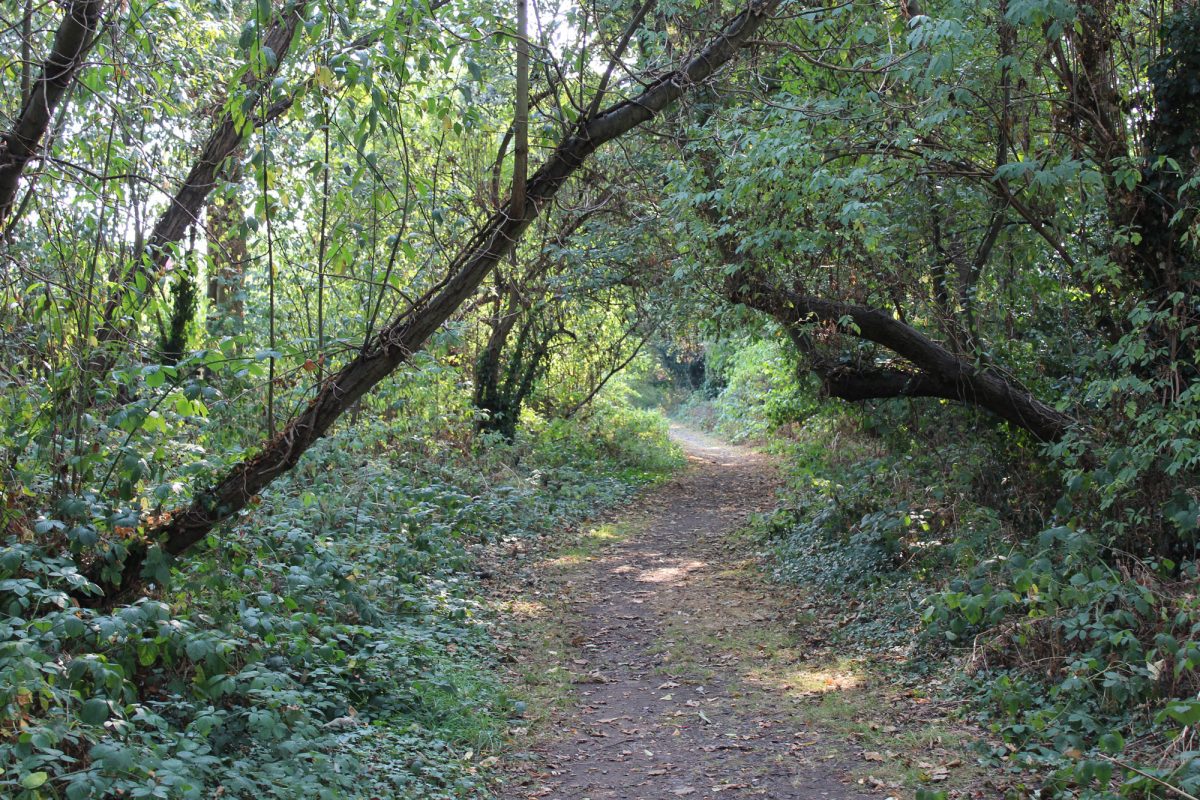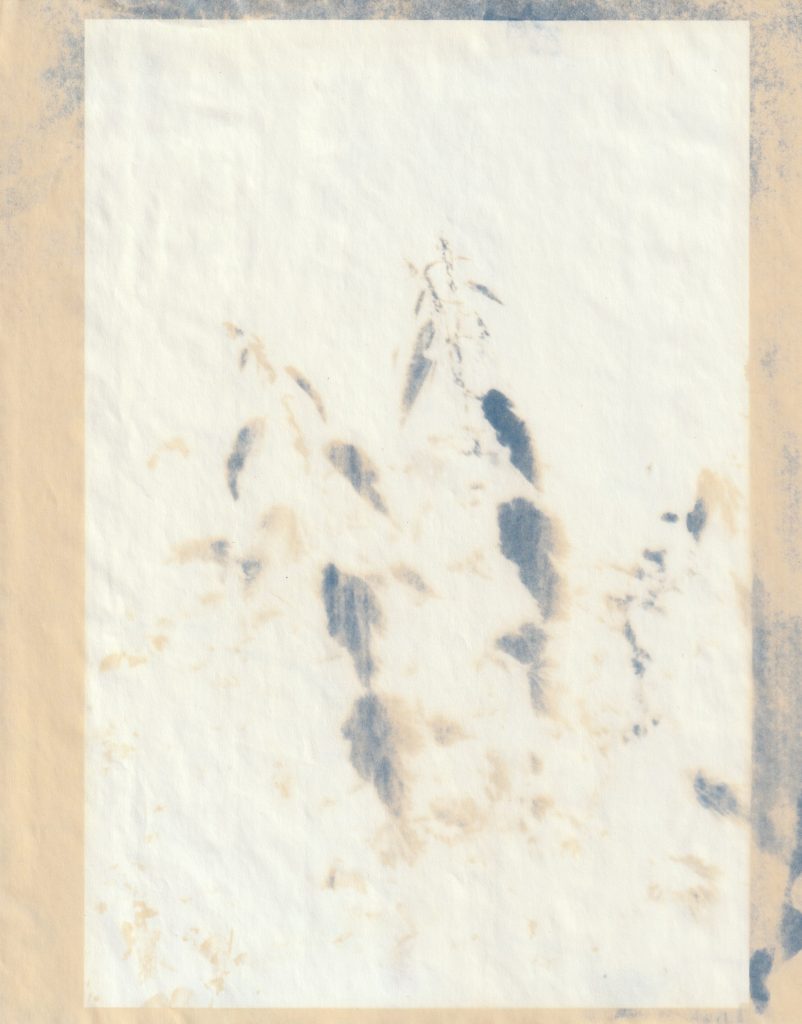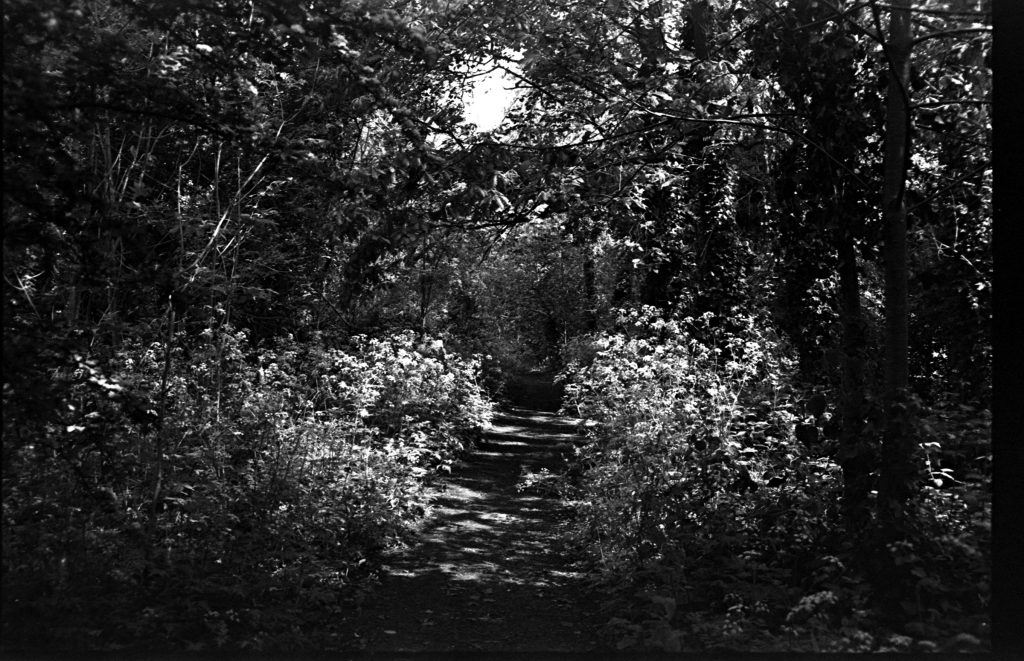My name is Marie Smith, and I am a London-based writer and artist, I have been the Horniman Museum and Gardens Digital Resident from April to September 2023.
My practice is focused on nature, sustainability, and mental health. I work mostly in analogue film, mostly in black and white as I can use plant, herb, or food-based developers to process my photos. This methodology means I can also be conscious of the environment in my practice.
I knew a little about Horniman before I started the residency, and my understanding was more surface levels, I had spent most of my time there in the Gardens. The collection seemed vast and overwhelming.
I came to the Digital Residency with a thread of an idea that I was excited to have the time and potential to explore. I was interested in worms and soil, an area that I seldom reflected upon, in particular its importance to the ecology of life. Until now I had been blind to this element. In fact, many people suffer from plant blindness, perhaps this has come from modernisation, a focus on consumerism or objectifying nature and not recognising its agency and subjectivity.
The residency gave me the time to embed myself and develop and understanding of the institution. I started by documenting everything that I have learnt on my website, and this also gave me a place to record everything that I had learnt. Documenting the process meant that I could find and link threads and have an active archive that I could renege with as I proceeded during the residency.
I started my residency in May, when the sun shone, and I was able to track the growth and development of the Horniman Gardens and Nature Trail.

I grew attached to the Nature Trail and its abundance of foliage of ecology, and I spent some time walking up and down documenting the surroundings as I started to become familiar with the landscape. This also allowed me to process my thoughts and to try and find a narrative that I could build upon.
Time spent there gave me an objective distance to stand still and observe what was around me; I brought myself into the institution from the outside and this allowed me to build up my confidence and understanding of the Horniman.

(C) Marie Smith
I took lots of photos. I also made a developer from elderflower that grew in abundance over the spring, and in late summer I would go for a walk and pick away at the plump blackberries that grew in huge amounts.
Did you know that dandelion – also known as wish plant – exists on every continent except Antarctica? Did you also know that every element of the flower is edible including the root and leaves? Although I am not sure I would recommend eating it, I learned this from my own experience. If anyone has any accessible ways of eating dandelion, please let me know!
I learned these facts from talking to staff at Horniman, great people who have encyclopedic knowledge, and I also learned that the following plants reside in Horniman’s Nature Trail:
- Hawthorns
- Cows’ parsley
- Cherry tree
- Forget me not flowers
- Herb Robert
- White dead nettle
- Aconite flower
- Sticky willy
- Sticky vine
- Ivy
- Elderberry tree
- Oaktree
- Bramble
- Spanish bluebells – not native to the UK
- Field maple tree – from sycamore flowering trees/pollinating
- Buttercups
- Willow tree
- Ragwort
- Thistles
I also learned about the things that I took for granted and had never considered, such as grass lawns. Perhaps this is a controversial perspective for some, but grass lawn has a colonial legacy and was constructed as an act of classism. A way to demonstrate your wealth and to subjugate nature, this way of chastising nature was exported to the British colonies and can still be reflected in the domesticated homes of Australia, Canada, and South Africa, for example.
Who gets to decide what a weed is? What is a ‘native’ plant? Language is important and can define how we engage with it: with climate change and with nature, with soil erosion, society must start to become accountable and start to reframe who and what is deemed to be native. This is also ironic to me as it can be argued that there is nothing in Horniman’s collection and Gardens that is native to South London.

Nature Trail, Marie Smith
I am ending this residency with a stronger affinity to the Horniman Museum and Garden, and a new focus for my practice. My laptop is full of bookmarks that I will exploring further, and I am happy and grateful I have met people who have given me the time and space to learn, I intend to continue to share what I have learned in my photography practice via my website.
View Marie’s online exhibition, Extraction: In Conversation With Anna Atkins. You can also take the guided trail on Bloomberg Connects, and watch the interview with Marie Smith and Adira Thekkuveettil, led by Zelda Cheatle, about the joint Digital Artist Residencies held by the Horniman and MAP, Bangalore.
Reading list
The books from Marie’s reading list have informed the project outcome for the residency.
- Afua Hirsch – BRIT(ish): On Race, Identity and Belonging (2018)
- Alternative Processes blog
- Andrea Levy – Fruit of the Lemon (1999)
- Anita Sethi – I Belong Here: A Journey Along The Backbone of Britain (2021)
- Camille T. Dungy (ed.) – Black Nature: Four Centuries of African American Nature Poetry (2009)
- Claire Ratinon – Unearthed: On Race and Roots, and How I the Soil Taught Me I Belong (2023)
- Horniman Museum and Gardens: Celebrating Women in Science: Anna Atkins
- Derek Jarman – Modern Nature: Journals, 1989–1990 (1992)
- Emergence Podcast – Dwelling on Earth by Jay Griffiths (2023)
- Jamaica Kincaid – My Garden (Book) (1999)
- James Baldwin – ‘Stranger in the Village’ (1953), from Notes of a Native Son (1955)
- Jane Blocker – Where is Ana Mendieta? Identity, Performativity, and Exile (1999)
- London Alternative Photography Collective
- Mark Sealy – Decolonising the Camera: Photography in Racial Time (2019)
- Nan Shepherd – The Living Mountain (1977)
- Natasha Brown – Assembly (2021)
- NTS Playlist – Time Is Away: The Wild Goose Memorial Library (April 2023)
- Pala Press – Issue 5: Subterrane (2023)
- Rachel Carson – Silent Spring (1962)
- Sarah Jane Cervenak – Wandering: Philosophical Performances of Racial and Sexual Freedom (2014)
- Science Museum Group: Anna Atkins cyanotype study of British and Foreign Ferns
- Shawn Michelle Smith – Photographic Returns: Racial Justice and the Time of Photography (2020)
- Stuart Hall – ‘Cultural Identity and Diaspora’ PDF (1989)
- The Sustainable Darkroom
- Tina M. Campt – A Black Gaze: Artists Changing How We See (2021)
- Tina M. Campt – Listening To Images (2017)


